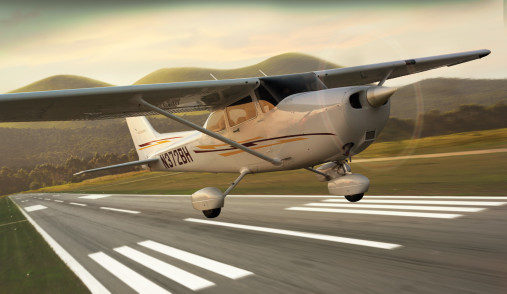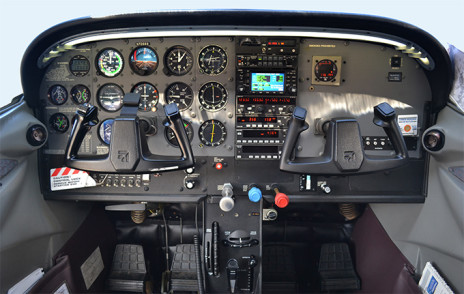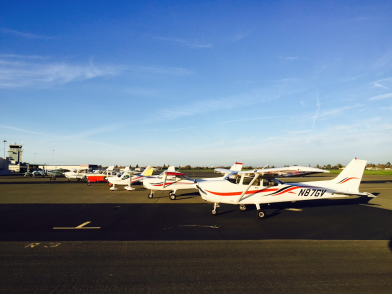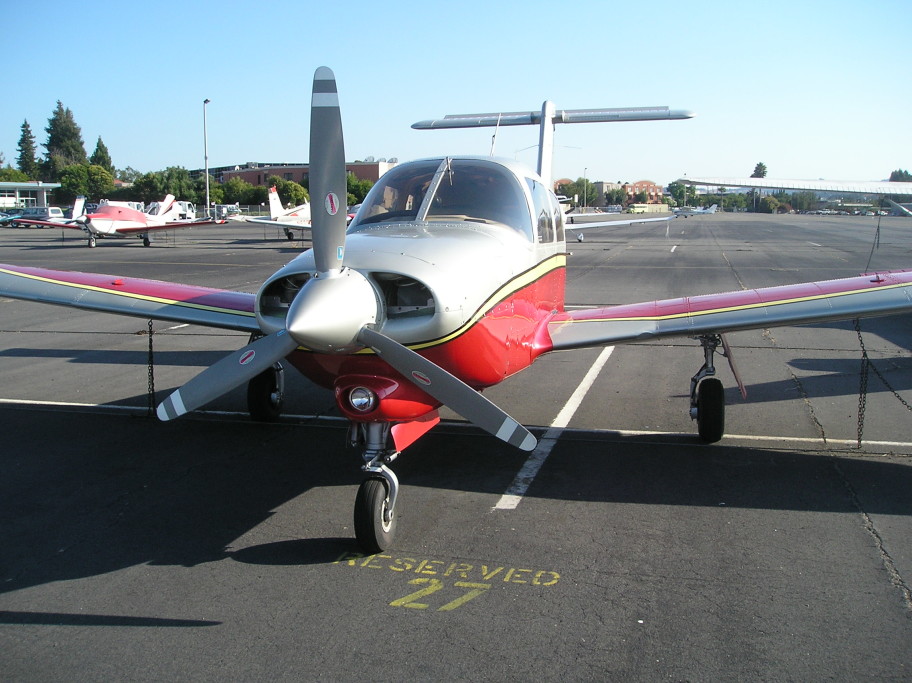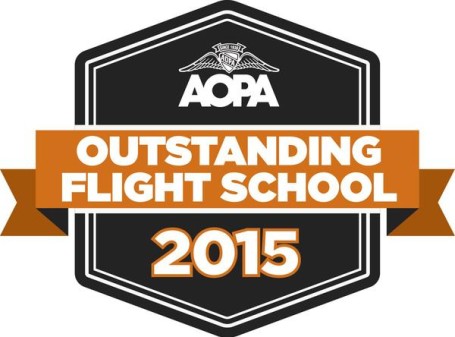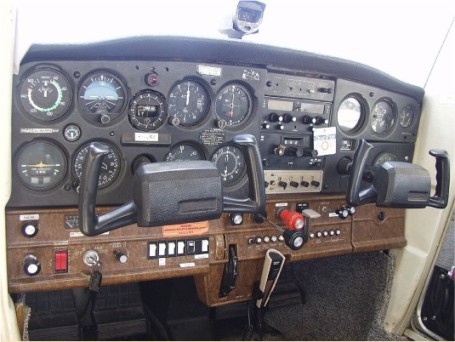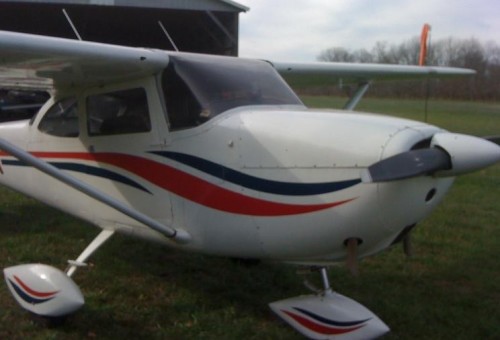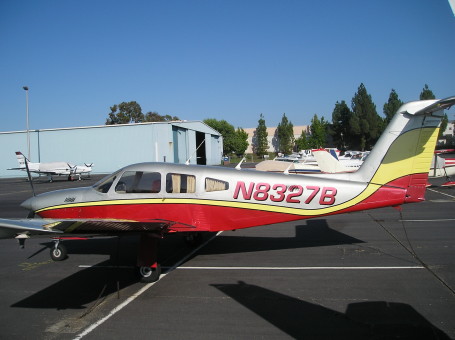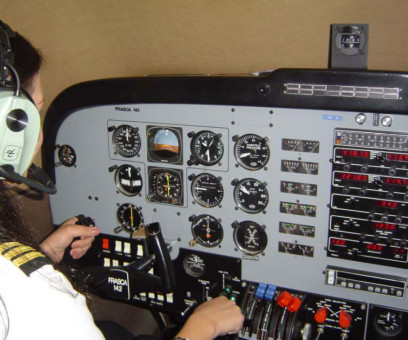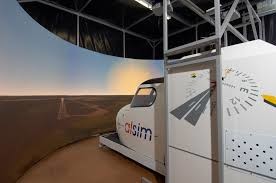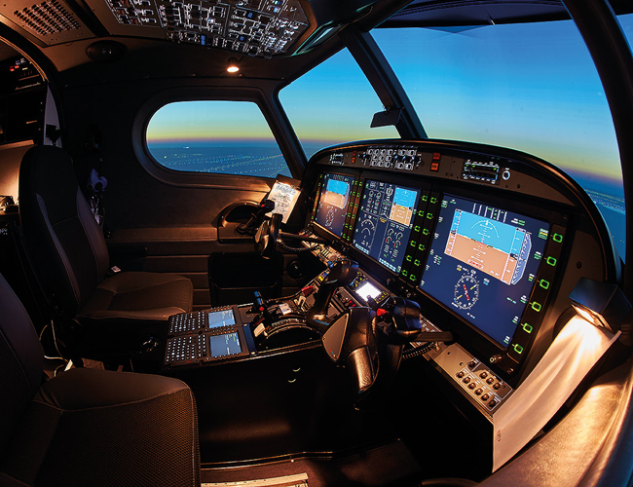AIRCRAFT TYPE
|
TRAINING WEEKS
|
FLIGHT HOURS
|
GROUND HOURS
|
FLIGHT SIMULATOR
|
TOTAL HOURS |
12 WEEK FAST-TRACK
|
36 WEEK PACKAGE |
CESSNA 152/150 |
12-36 |
120 |
85.0 |
20.0 |
205.0
|
$21850
|
$19850
|
Cessna 172
|
12-36 |
120 |
85.0 |
20.0 |
205.0
|
$25850
|
$23850
|
Piper Arrow
|
12-36 |
120 |
85.0 |
20.0 |
205.0
|
$26850
|
$24850
|
National Average
|
N/A |
N/A |
N/A |
N/A |
N/A |
N/A |
$31590
|
In order to qualify for a Commercial Pilot Certificate, on completion of training, the student pilot must demonstrate through written, oral, and practical examination, that he/ she meets the knowledge, skill, and experience requirements specified in the Federal Regulations. FAA-CFR - Requirements & Eligibility for Commercial Pilot license FAA-ACS - Test/Certification Standards for Commercial Pilot License |
|||||||
Above prices are based on the Commercial Pilot course requirements prescribed by FAA for students who hold a valid Private Pilot certification and Instrument Rating. Course prices are subject to change depending on changes in fuel,training and operational costs. Fast-Track courses are full time courses, 8 hours a day, 6 days a week course attendance. |
|||||||
COMMERCIAL PILOT TRAINING – AIRCRAFT & SIMULATORS
Commercial Pilot License
Attaining the status of a commercial pilot is a milestone. As a commercial pilot, you will be able to fly for compensation or hire. This could include flying people, cargo, or in a variety of other capacities. Many commercial pilots pursue careers as flight instructors, charter pilots, and/or with the airlines. If this is your goal, JetEXE Aviation can help
Commercial Pilot Requirements
- Be able to read, write, and converse fluently in English.
- Be at least 18 years of age.
- Hold at least a current third-class FAA medical certificate. Later, if your flying requires a commercial pilot certificate, you must hold a second-class medical certificate.
- Hold an instrument rating. A commercial pilot is presumed to have an instrument rating. If not, his/her commercial pilot certificate will be endorsed with a prohibition against carrying passengers for hire on day VFR flights beyond 50 NM or at night.
- Receive and log ground training from an authorized instructor or complete a home-study course.
- Pass a knowledge test with a score of 70% or better. The instrument rating knowledge test consists of 100 multiple-choice questions selected from the airplane-related questions in the FAA’s commercial pilot test bank.
- Accumulate appropriate flight experience and instruction . A total of 200 hours of flight time is required when training in a CFR 141 Certified School.
- Successfully complete a practical (flight) test, which will be given as a final exam by an FAA inspector or designated pilot examiner; it will be conducted as specified in the FAA’s Commercial Pilot Practical Test Standards.
Commercial Pilot Training Costs
The cost of obtaining your Commercial Pilot License is made up of airplane rental, instructor time, books and other study materials, pilot supplies, and the test fees. Obviously the final cost depends heavily on how many lessons you find you need before you’re ready to take the tests. Another significant variable is the airplane you decide to fly while learning. Many people choose to fly a Cessna 172, while they’re pursuing a Commercial Pilot license, and that will typically cost $125~$150 per hour to rent. Instruction fee in the region of $40 to 55/hour. You can minimize the costs of “ground school” by studying the bookwork by yourself as much as possible and turning up to each lesson well prepared.
For a reasonably realistic working budget you should consider airplane and instructor time, add perhaps $500 for books and materials, another $150~$300 for a headset (you’ll probably want your own) and charts, and about $500 for the FAA exam fees. The costs are spread over the time you take to complete your license, so typically expect to be paying this total over eight to twelve months. Budget for a regular monthly outgoing based on the amount you can afford, and schedule your flight time limited by that and what your lifestyle will allow. Look on this as a journey, rather than a single achievement, as you’ll presumably want to continue flying after you have been awarded your pilot certificate. Some lenders offer financing for flight instruction, though this varies with the economic climate. Notably, if you’re a Veteran, your benefits can be used for some aspects of flight training.

